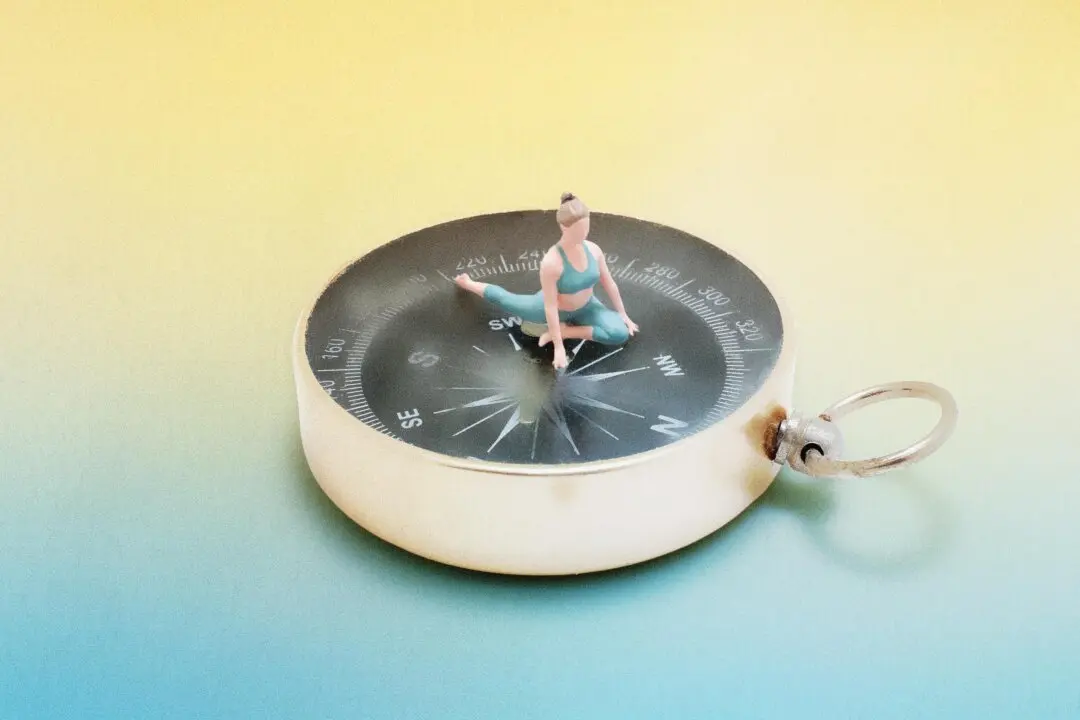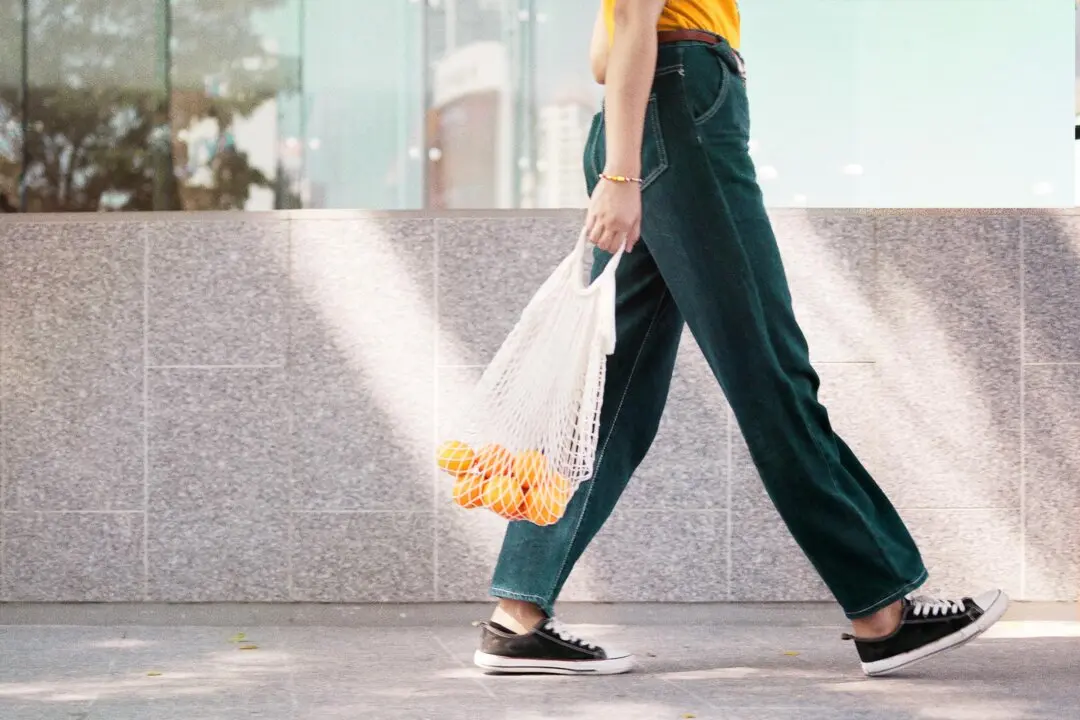It’s a simple fact: the COVID-19 pandemic has increased the amount of impulse shopping most people have been doing. There are a lot of stats proving it, but you can simply take a look at your own life and the lives of people you know to see if it’s true for you.
Why have we been more compelled to shop for clothes, gadgets, workout equipment, hobby toys, and more?






